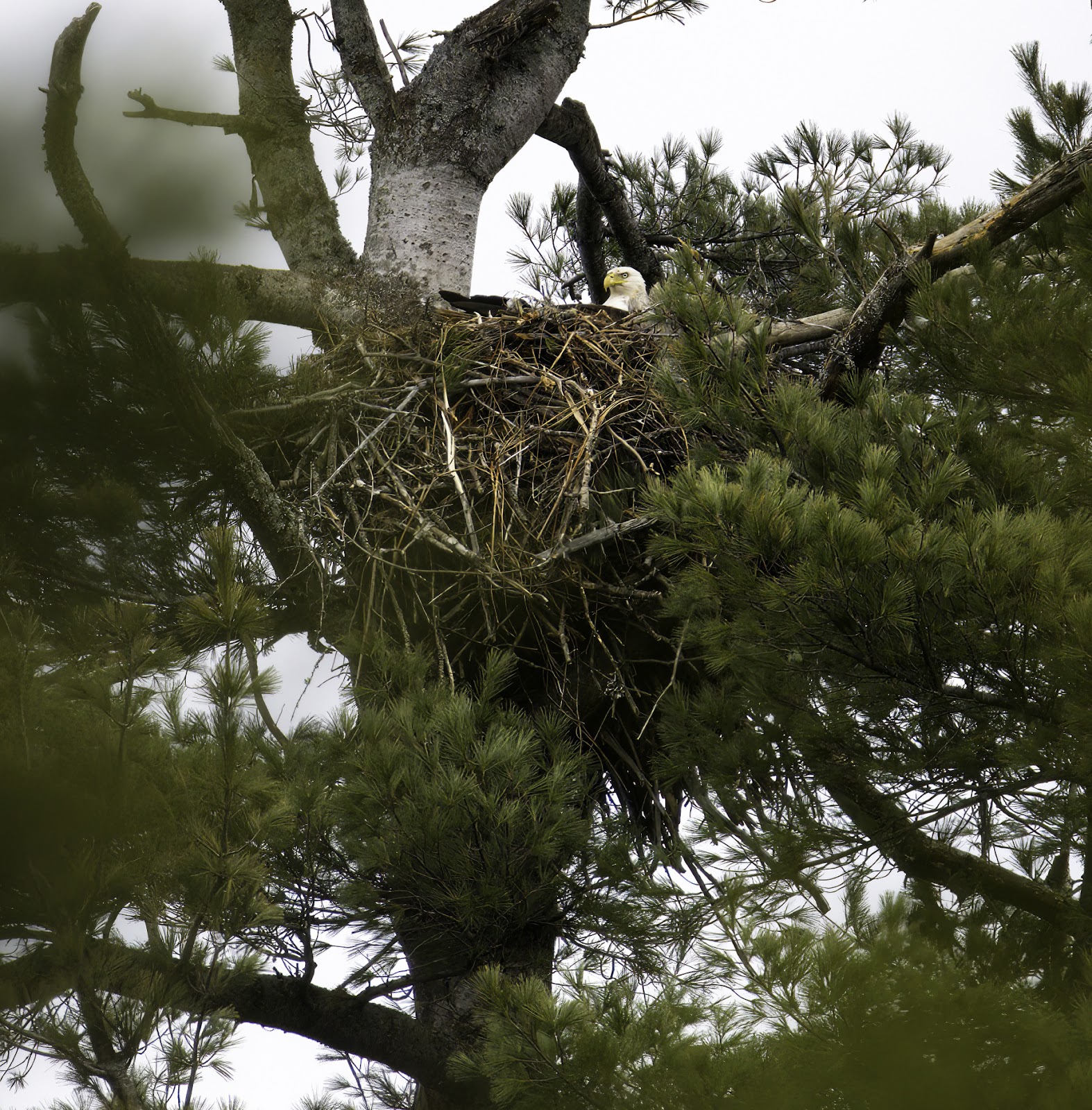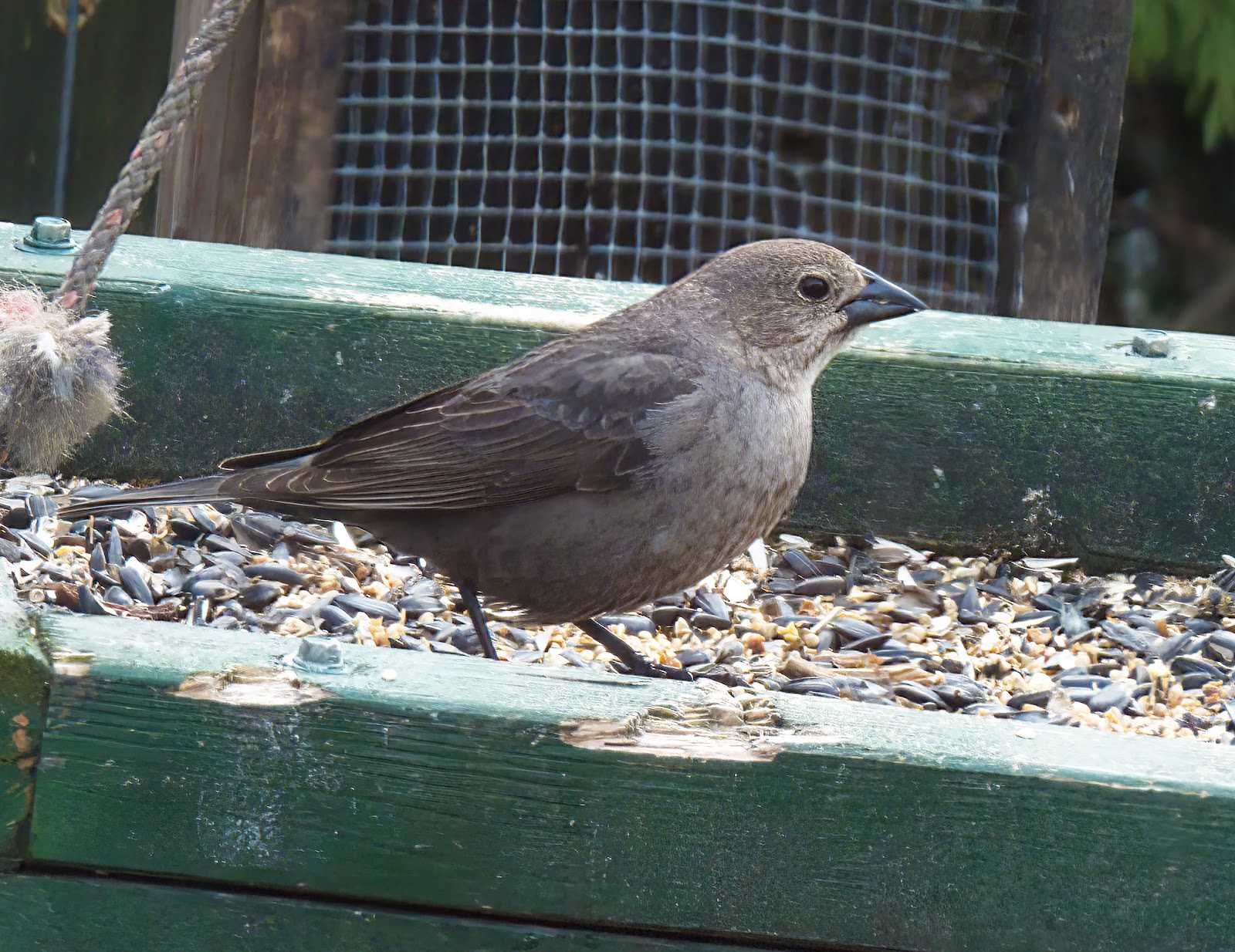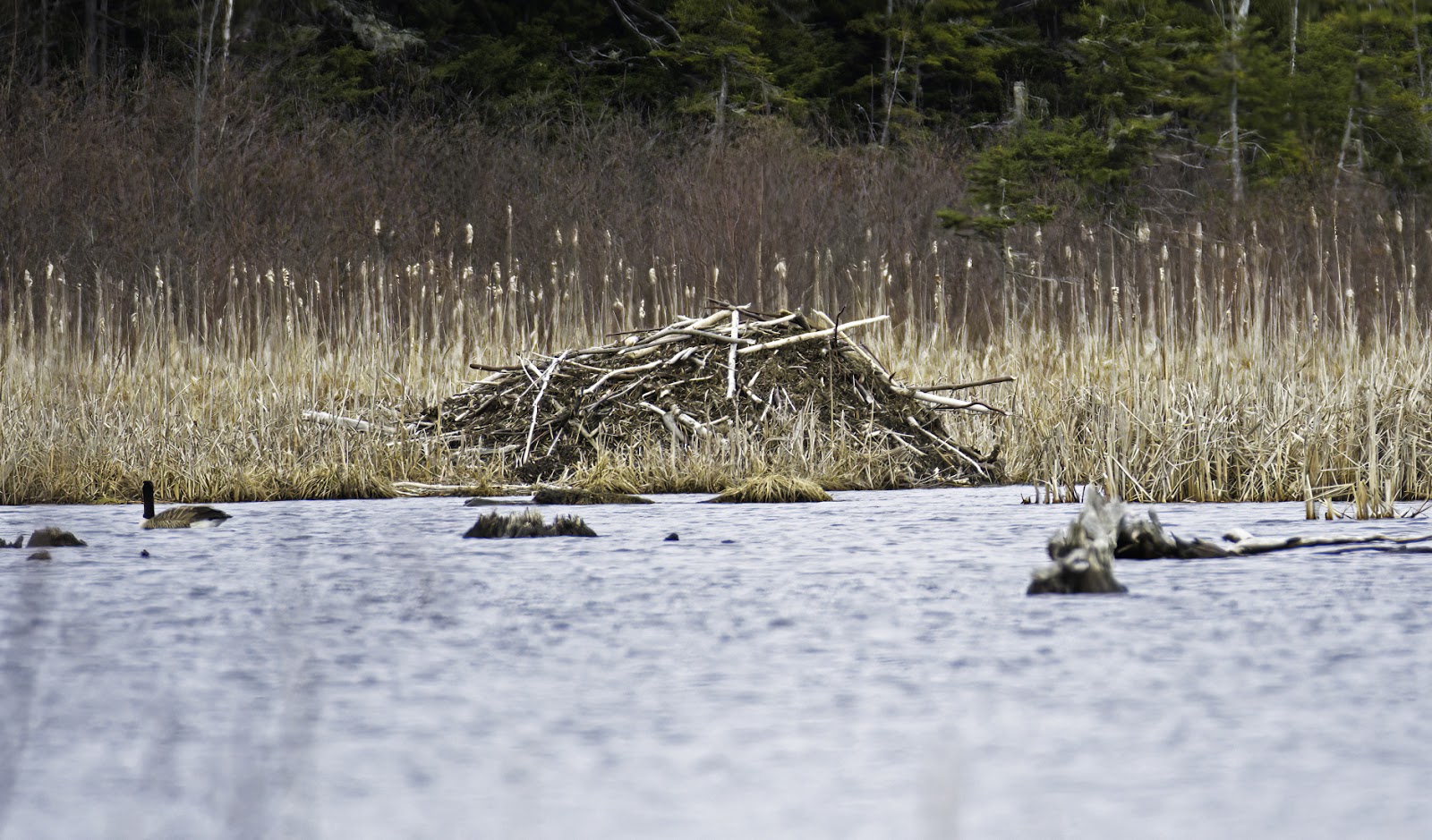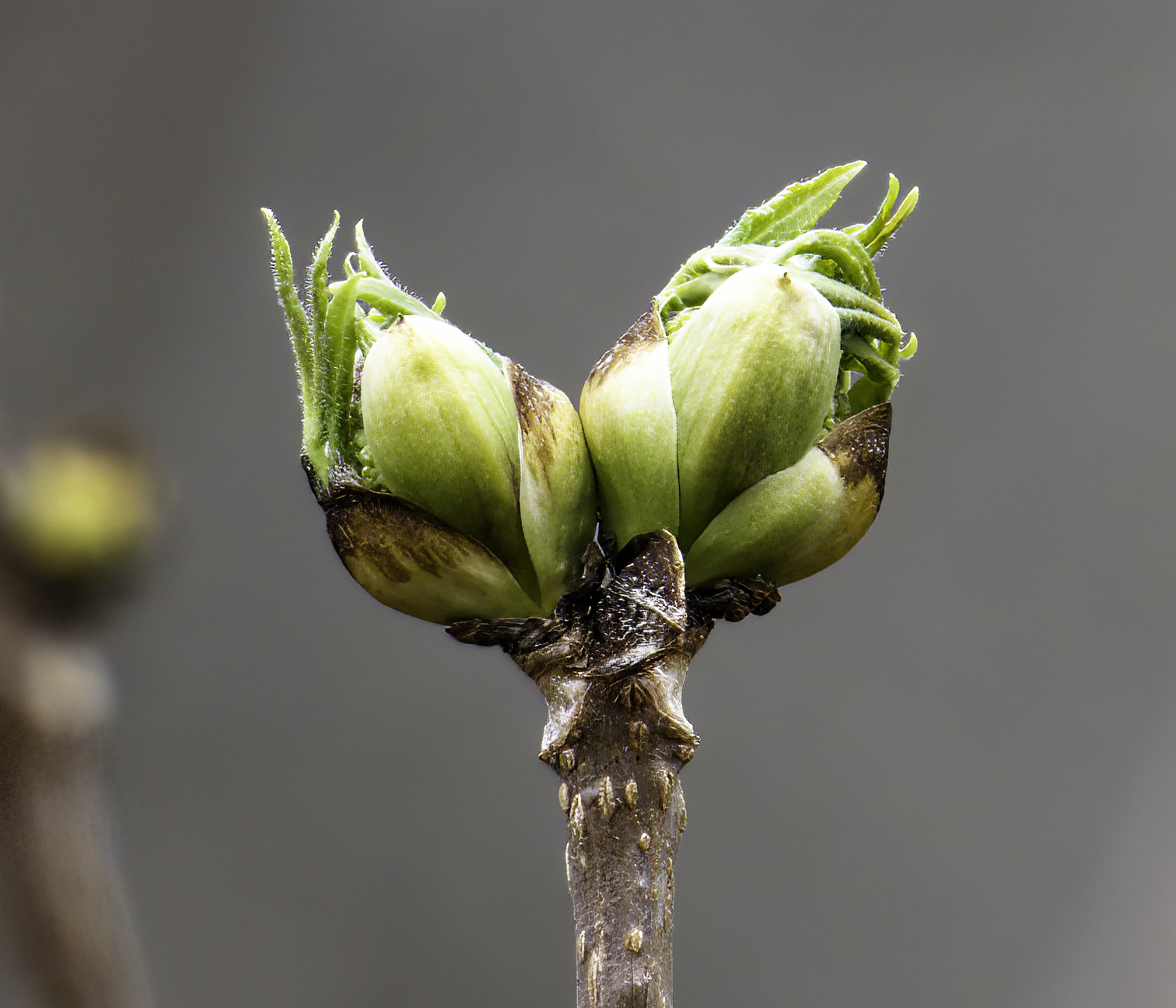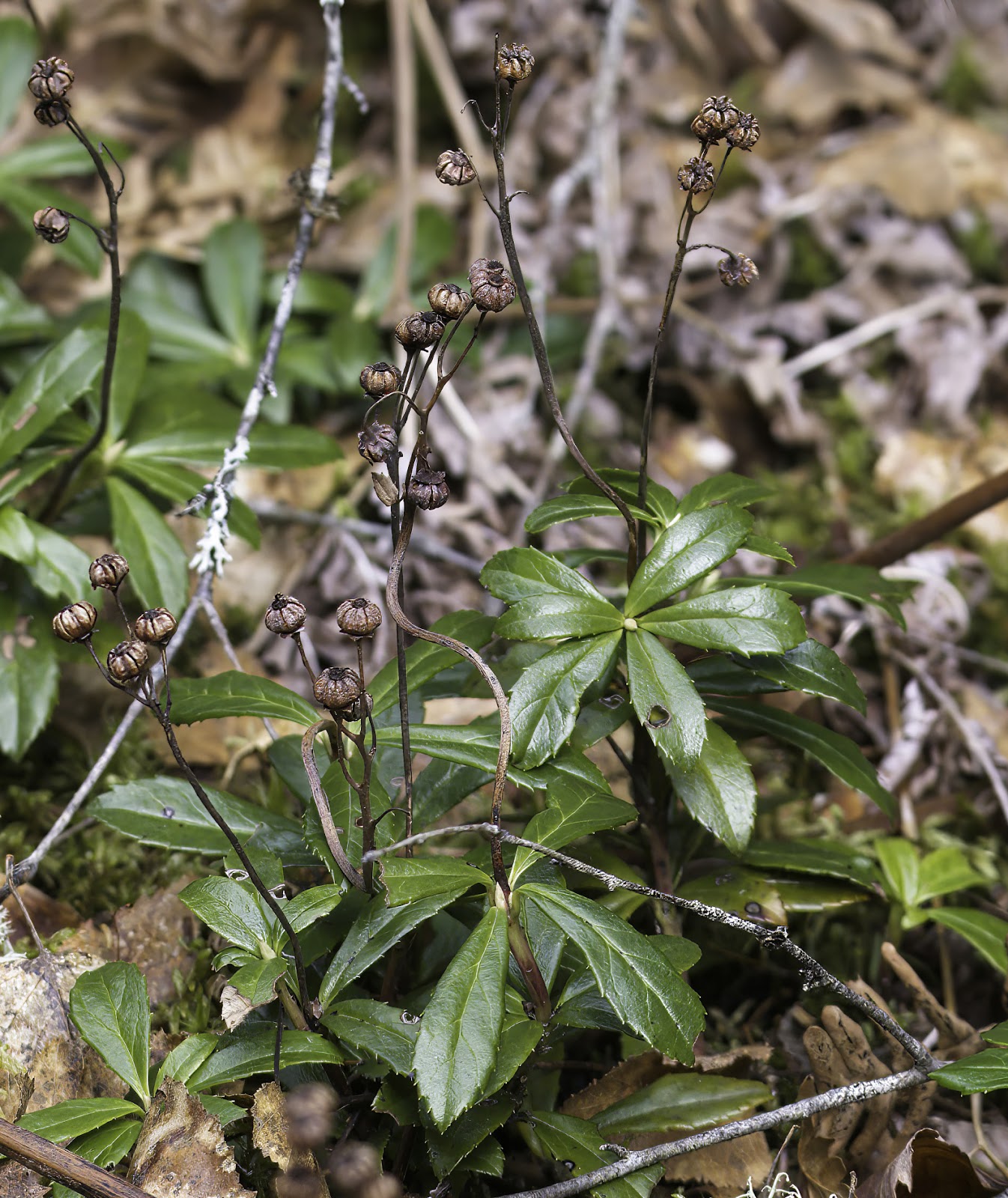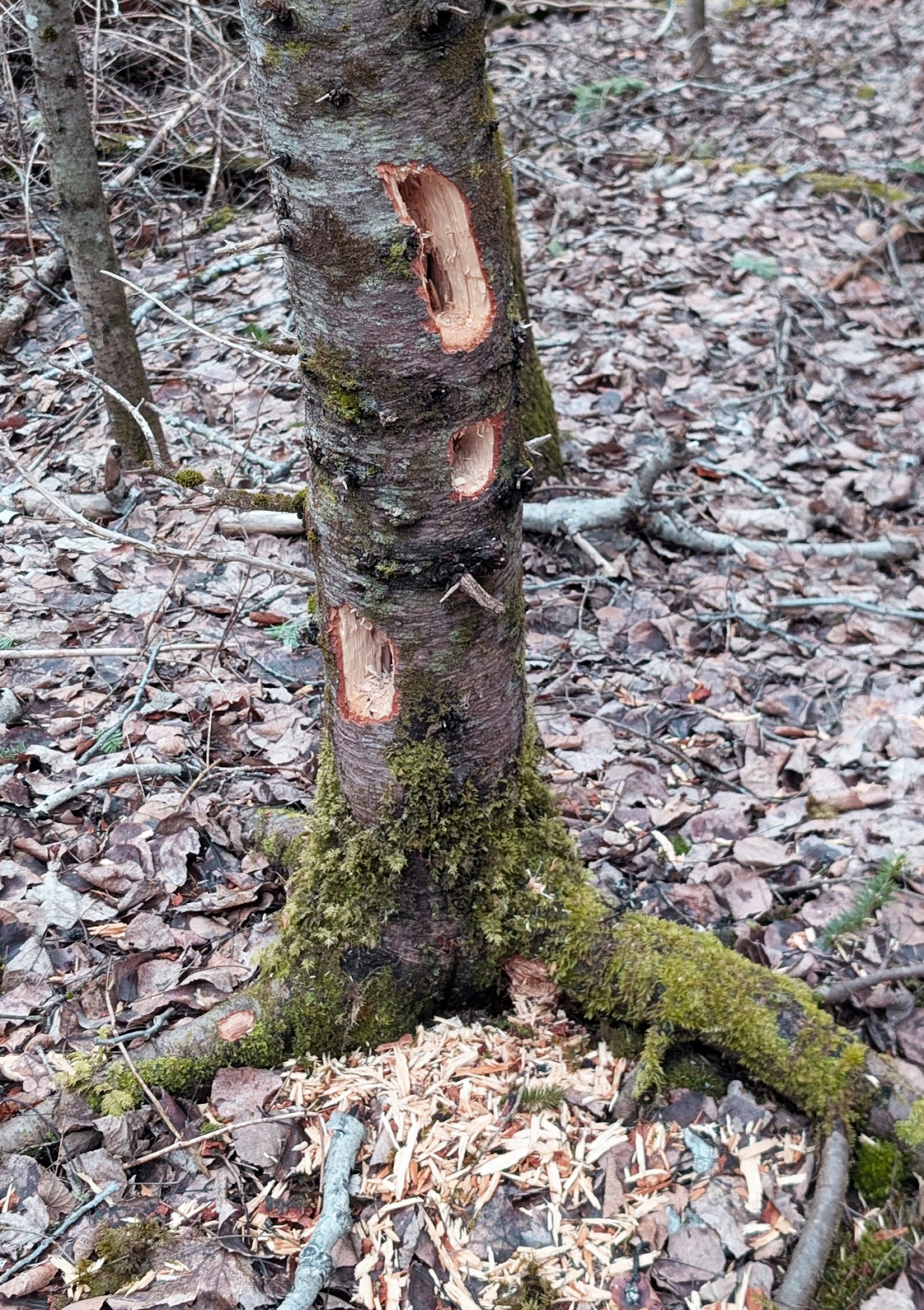NATURE
MONCTON NATURE NEWS
April 18, 2025
Nature Moncton members, as
well as any naturalist in New Brunswick or beyond, are invited to share
their photos and descriptions of recent nature sightings to build a fresh
(almost) daily edition of Nature News
To
respond by e-mail, please address your message to the information line
editor, nelsonpoirier435@gmail.com .
Please advise the editor at nelsonpoirier435@gmail.com and the proofreader Louise Nichols at Nicholsl@eastlink.ca if any errors are noted in wording or photo labelling.
For more information
on Nature Moncton, check the website at www.naturemoncton.com
Proofreading
courtesy of Nichols nicholsl@eastlink.ca
To
view the live feed of the Peregrine Falcon nest cam on the summit of Assumption
Place in Moncton, go to:
**Shannon Inman got a distant photo of a tree swallow
on Thursday. There seemed to be several of them over Lars Larsen marsh in Harvey. Shannon
also got a photo of a turkey vulture whose numbers have been increasing
over the last few weeks. A male yellow-rumped warbler dropped into their
home yard in Harvey.
John comments that he has had 12 male and five female
brown-headed cowbirds. He has not had that number before coming to his yard.
**Norbert Dupuis shares more special photographs of his Memramcook yard patrons, including a fox sparrow making its
temporary refueling stop on its route north to its breeding territory, as well
as two evening grosbeaks discussing their day.
**After seeing Sue Berube's photo of a blooming mayflower (trailing arbutus) patch on the Nature News blog, Brian Stone was inspired to go out behind
Crandall University to check on a patch of mayflower there in hopes that it
would also be in bloom, but was disappointed to find no flowers there yet.
Undaunted (well, a bit daunted), Brian walked a few km along the trails and
took some photos of the area to share. Some scenery, various fungi,
beaver dams and ponds, red-berried elder buds, pipsissewa
plants aka prince's pine, reindeer lichen, and a small nest (slightly smaller
than Brian's clenched fist) made it to the photo list.
At a small bog far up on one trail, Brian photographed an
occupied bald eagle nest high in a pine tree that regularly fledges young
successfully. In several vernal ponds near the entrance to the University
property, wood frogs were croaking loudly, and two other frog varieties were
heard. Water striders and water boatman pond insects were active in the ponds
but the frogs remained elusive and were not seen.
**This Week’s Sky at a Glance, 2025 April 19 – April
26
A favourite galaxy among stargazers is M104, better known as the Sombrero
Galaxy. It resembles such a bonnet in astrophotos thanks to a central dust
cloud that forms the brim. The dust cloud can be seen from a rural location
with a medium-size amateur telescope. The galaxy is seen as a small gray smudge
with binoculars.
Although M104 is officially within the borders of the constellation Virgo, most
people start their search from the recognizable quadrilateral of stars that
forms Corvus the Crow. In mythology, Corvus was sent by Apollo to fetch a cup
of water from the river but the bird was distracted by ripening figs. When the
crow returned late it made up a tale that it had been deterred by a snake
(Hydra). In a fit of rage, Apollo tossed the bird, the cup and the snake into
the sky. To the right of Corvus is the constellation Crater the Cup, and they
both sit atop Hydra. They can be seen in the southern sky when twilight fades
to darkness.
To find M104, imagine a line from the middle of the bottom of Corvus to the
upper left star, and extend it not quite that distance. Look in this area for a
small arrowhead of three or four stars. This asterism has been called the
Stargate. The arrowhead points to a small line of a few stars, which in turn
points toward M104 nearby. That line of stars also forms the mouth of an
asterism called the Shark, which has a fin and a curved body stretching away
from the Stargate. Good luck and wear your Sombrero proudly.
This Week in the Solar System
Saturday’s sunrise in Moncton is at 6:25 and sunset will occur at 8:12, giving
13 hours, 47 minutes of daylight (6:31 and 8:15 in Saint John). Next Saturday
the Sun will rise at 6:13 and set at 8:21, giving 14 hours, 8 minutes of
daylight (6:20 and 8:24 in Saint John).
The Moon is at third quarter this Sunday and
to the right of Venus on Thursday. Around 6 am Friday it
makes the bottom left corner of a tight triangle with Venus and Saturn, and
Mercury is to its lower left. With the shallow angle of the morning
ecliptic and the Moon’s position below it, the Moon is at nearly the same
altitude for the same time over the week. Mercury is at greatest elongation
from the Sun on Monday, but it and especially Saturn will be difficult to get
with binoculars in bright twilight. Jupiter sets shortly after midnight this
week, followed by Mars three hours later. Early risers might see a few meteors
from the Lyrid shower emanating from high overhead on Tuesday.
Tune in to the Sunday Night Astronomy Show at 8 pm on the
YouTube channel and Facebook page of Astronomy by the Bay.
Questions? Contact Curt Nason at nasonc@nbnet.nb.ca.
Nelson Poirier.
Nature Moncton




